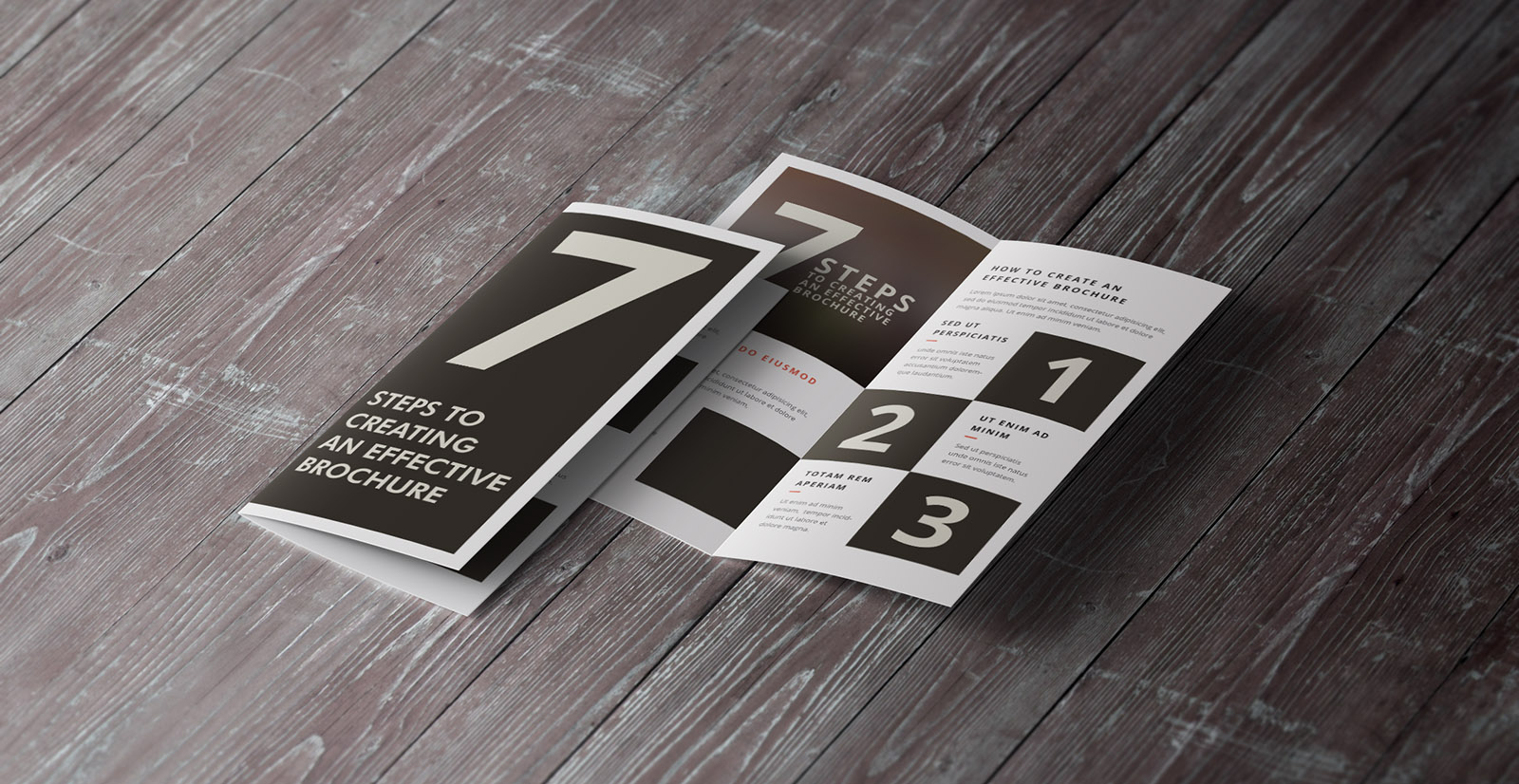Our design team makes creating collateral materials look easy. Believe me it’s not. I’ve attempted to create brochures and attempt is exactly the right word. Not until I worked with a roomful of designers did I understand all the considerations required to make an effective brochure. There’s a lot more to it than knowing the date of an event and adding a photo to a sheet of paper.
Know who, what, when, where, and why
Begin by asking your client who they want to reach, what they want to share, where they will be used, and why they’re needed. Get a feel for your audience—know what they want before you begin.
Select a size and format
The amount of information to be shared will dictate size and format. Will a one-page flyer work or would a trifold better fit the usage? Is there more information to be shared requiring a larger size and format?
Choose the best paper
Fit the paper to the format. Will it easily fold, can it be stapled? Does it need to be glossy, dull, or matte finished? Will the type be glossy or dull?
Write, edit, and re-write
Then have someone else review it. This is SOP for me, but not always for designers. We can argue and disagree about what’s more important—design or copy, but the truth is—they both are. Don’t cut corners on copy.
Limit Typography
Do not use a large number of fonts, sizes, colors, and shapes. It may be best to stick with headlines, sub-heads, and paragraphs in the same or complimentary fonts. Don’t allow this to be a distraction. Direct your prospects attention by limiting their confusion.
Use the best photographs and images
A brochure isn’t the place to use your installer’s cell phone photo of the product. Only high definition professional images should be used.
Keep it simple
Simple is elegant; busy is distracting. Use simplicity to direct your target audience’s attention to your calls to action.
For many of us, including me, there should be an eighth step.
- Hire a creative team to design your brochure
Believe me I’ve created (if that’s the right word) a few brochures that I’m certain adversely affected the brand they represented—not a good thing. If, like me, you’re BDC (Brochure Design Challenged) reach out to a creative team that knows what they’re doing. If you’d like to explore this further contact us and rest assured, the team won’t allow me near your design.


Leave A Comment